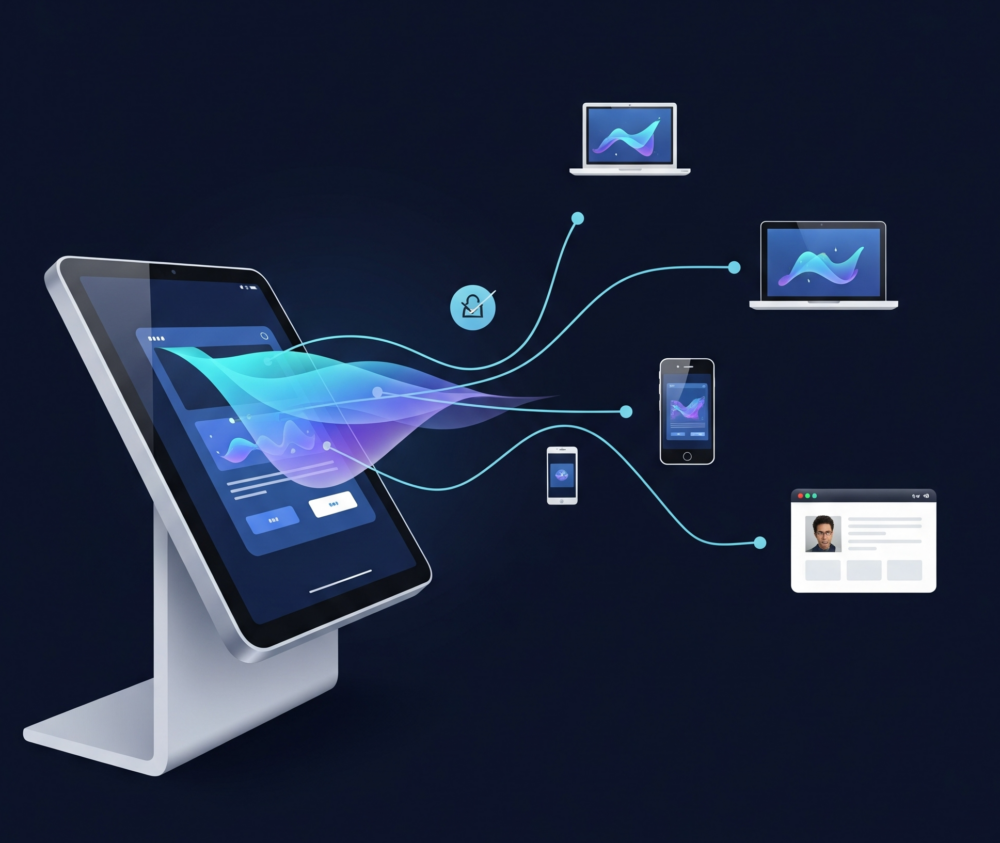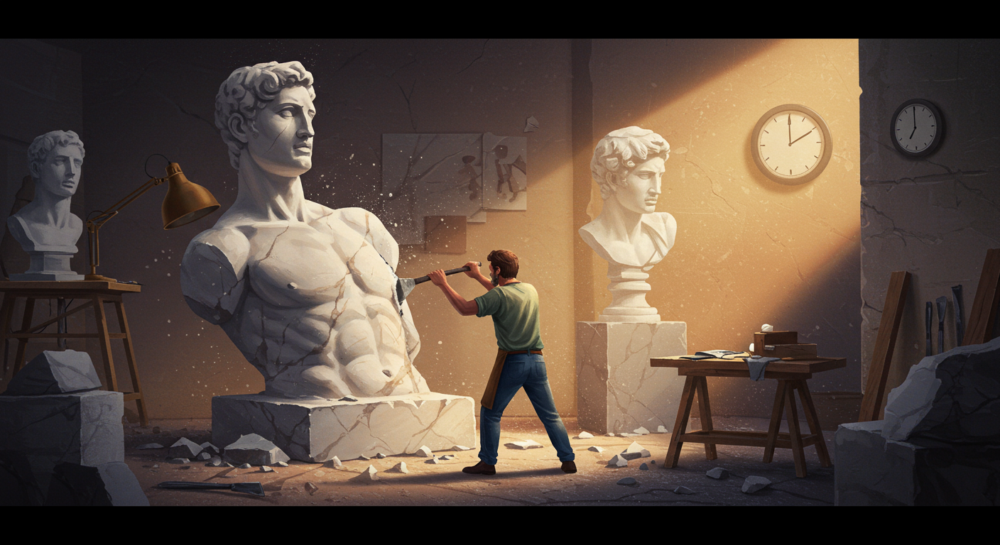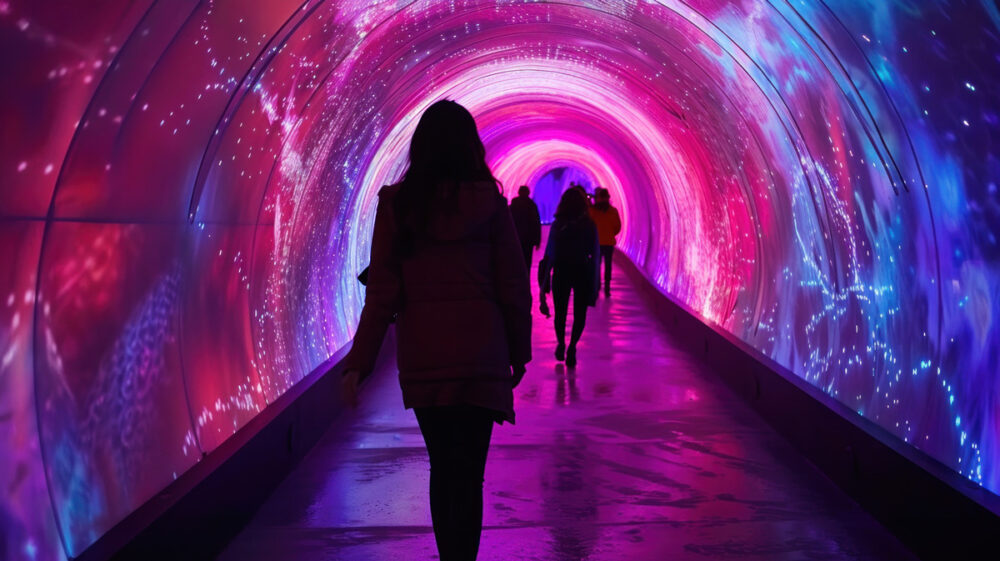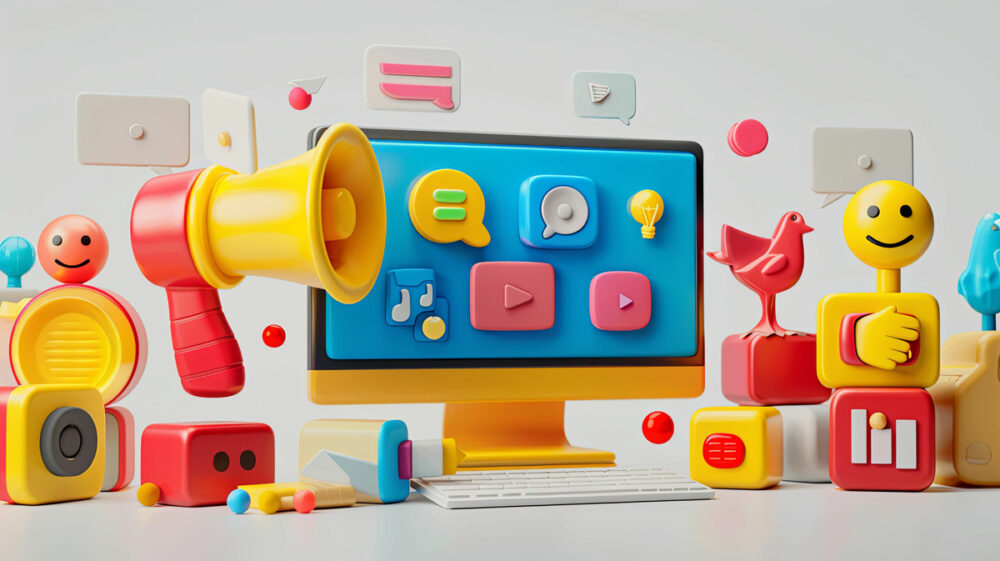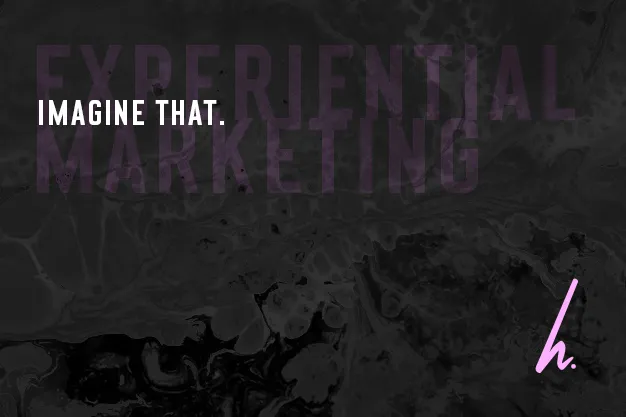Why Persona Quizzes Were So Effective for ResMed’s Sleep Lounge
Trade shows are loud. Shiny booths. Fishbowls full of business cards. Swag everywhere. Cutting through that takes more than a pretty build. You need something that earns a few extra minutes of attention and makes someone feel like they got something personal out of the interaction.
That’s where persona quizzes shine.
Grab your creativity, mix in some sharp persona ideas, and you’ve got magic.
At CES 2025, ResMed sponsored a lounge designed to give foot‑weary attendees a place to pause and reset. This space offered more than a quiet respite; it made space for a conversation—one that was memorable, human, and relevant to the visitors who wandered in.
So we built a quiz. Plain and simple.
It wasn’t a gimmick; it was designed with intention:
-
- Visual Hook: Bright, curiosity‑driven design, as easy to start as scanning a badge.
-
- Fast and Approachable: Five multiple‑choice questions, no wrong answers.
-
- Personal Relevance: Insights tied to real sleep science and actual routines.
-
- Shareable Payoff: A fun reveal that made people want to compare results with colleagues.
The result? People stayed longer. They leaned in. They applauded each other’s results. And instead of drifting to the next flashy booth, they opened conversations with ResMed’s team.
And the quiz didn’t just end on the screen. Each persona nudged attendees toward the next step—an AR face filter game we call Munchies and dedicated landing pages with persona‑specific educational content. Most importantly, all of it fed directly into ResMed’s CRM, turning playful engagement into trackable leads and measurable ROI.
In a hall where attention is the scarcest resource, a well‑designed quiz doesn’t feel like marketing. It feels like discovery. And discovery is what makes people remember.
TL;DR – Top 7 reasons the ResMed persona quiz worked:
-
- Visual intrigue – Bright, curiosity‑driven design pulled people in.
-
- Instant payoff – Fast results kept people hooked and satisfied.
-
- Personalization – Tailored outcomes felt more meaningful and relevant.
-
- Shareability – Results sparked conversations and got shared.
-
- Guided choices – Each persona pointed attendees to the right next step.
-
- Active engagement – People thought, laughed, compared—not just scrolled.
-
- Useful data – Every response fed back insights for smarter strategy and stronger ROI.
Check out some further insights in this recap video.


